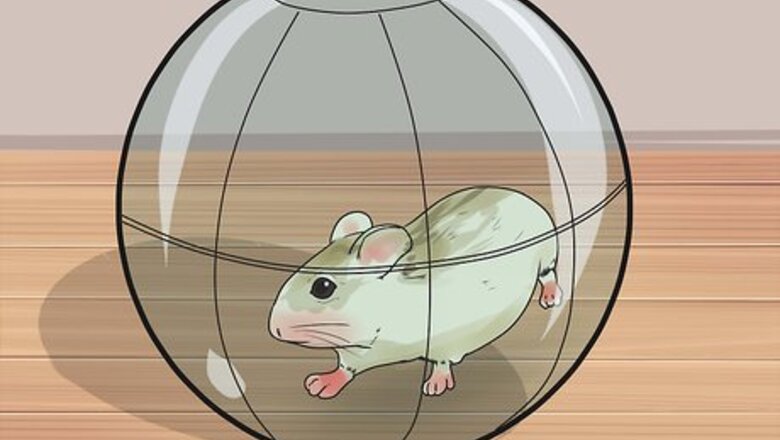
views
Stopping Boredom and Attention-Seeking Biting
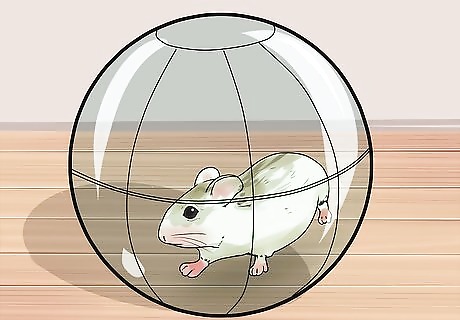
Let your hamster play more. Let him roam around on you, on your bed, or in a hamster-proof area. Exercise may help work out the boredom that your hamster might be feeling. Make sure you've hamster-proofed the area in which your hamster will be playing. Remove any electrical cords so he does not chew on them. Keep the area enclosed, either by closing the door to a small room or by setting up "walls" around your hamster's play area. Give your hamster a wheel to run on. Hamster wheels are a great way for hamsters to get exercise and work out extra energy. Avoid wire-frame wheels, as these could potentially injure your hamster. Use a scoop or a small box, held in front of your hamster, to remove him from his enclosure. Reaching into the cage might make your hamster feel that his space is being invaded. Let your hamster crawl around on top of you while you lie on the floor. Hamsters love to explore, and once your hamster has developed a trust in you as his owner, he'll want to climb on and around you.
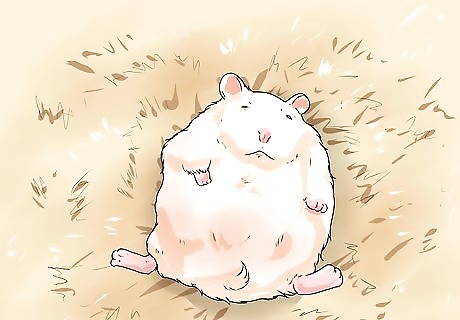
Let your hamster sleep during the day. Hamsters are nocturnal, which means they sleep during the day and are awake and active at night. Waking your hamster up during the day, whether to play with him or to clean his cage, may cause him irritation. Interrupting his natural sleep schedule could lead to further undesirable behavior.
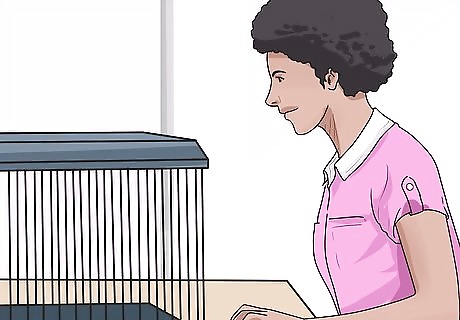
Give your hamster a bigger cage. It's possible that your hamster is bored with his surroundings and longs for more room to play in his enclosure. If this is the case, your pet might benefit from having a bigger cage. As a general rule, a dwarf hamster needs at least 450 sq inches of floorspace, and benefit from having even bigger cages. Do not house your hamster with another hamster, as they are not social animals.
Managing Teeth Growth

Give your hamster wood to chew on. Hamsters' teeth continue to grow their whole lives. If your hamster does not have a chew toy, his constant chewing may not be attention-seeking behavior. Hamsters need to chew everyday to prevent their teeth from becoming too long, which could cause serious pain and potentially harm your pet. Untreated, paint-free, oil-free wood is the best choice for chew toys. Avoid using wood harvested from outdoors, as this wood has not been properly inspected and could harbor harmful parasites or be treated with pesticides. Wood from an apple or pear tree is ideal, as these woods do not have any harmful oils and are therefore less likely to pose any threat to your hamster's respiratory or digestive health. Never give your hamster pine or cedar wood to chew on. The oils in these woods can be toxic to your hamster.

Try giving your hamster dog treats. A hard biscuit can make an excellent alternative chew toy for hamsters. Give hamsters hard treats like dog biscuits about once every week. Be sure the dog treats you give your hamster are free of garlic. Garlic is known to cause digestive problems in hamsters.
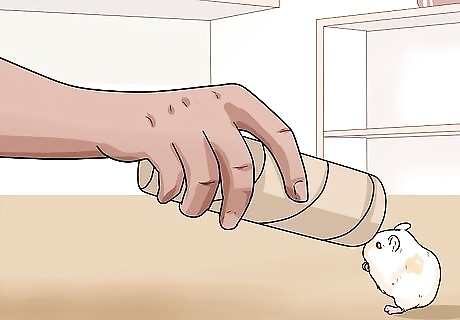
Give your hamster cardboard. The cardboard tube from a roll of paper towel or toilet paper makes an excellent chew toy for hamsters, and has the additional benefit of providing your hamster with a convenient hiding place. Try cutting a small hole in the tube before you give it to your hamster. That may help him see the potential in the tube, and may inspire him to make his own chew holes.
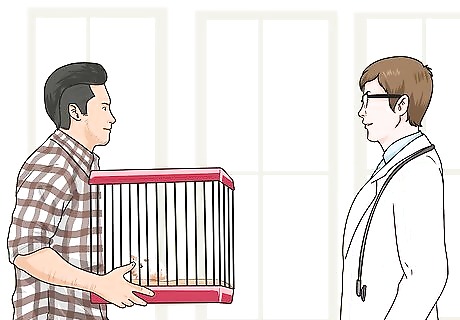
Take your hamster to the vet. A veterinarian can trim your hamster's teeth down to a manageable length, which may be necessary if your hamster has not responded to chew toys. Having a vet trim your hamster's teeth is quick and does not cause any harm to your hamster. Do not attempt to trim your hamster's teeth on your own, unless your vet has approved this procedure and given you proper instruction in how best to do this.
Stopping Enjoyment Chewing
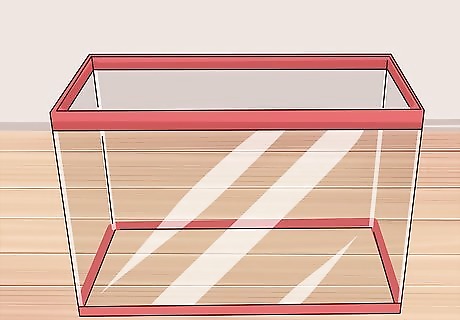
Try a different cage. If your hamster continues to chew the bars of his cage, and you've ruled out teeth management as the cause, you may want to consider giving him a bigger cage.

Give him alternatives. If your hamster isn't interested in using his wood chew, try rubbing a carrot or apple on the wood. If he still doesn't respond well to his wood chew, try giving him hard-shelled nuts to chew on.
Always get a bigger cage if possible. Most of the time a hamster chewing on bars is a sign of stress or boredom. You can also try to give your hamster more bedding. A hamster needs at least 6 inches of bedding and many hamsters need 10 inches of bedding to even try to burrow. To make your hamster less stressed, make sure there is always a place for your hamster to hide. Since hamsters a prey in the wild, they see open spaces as something dangerous.




















Comments
0 comment